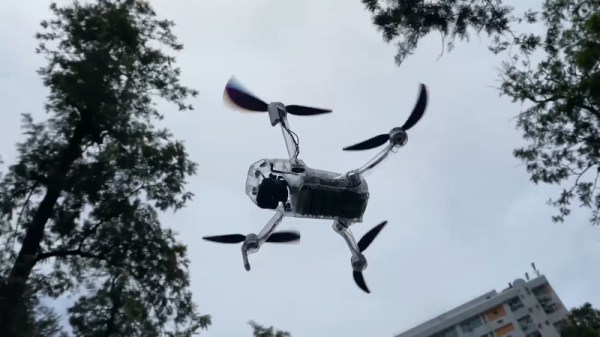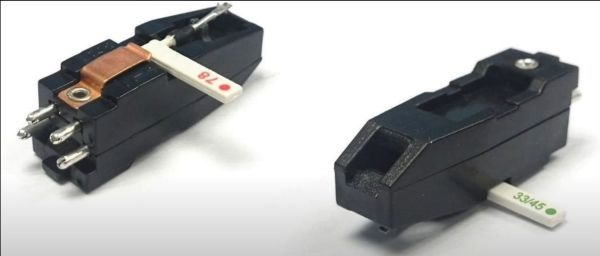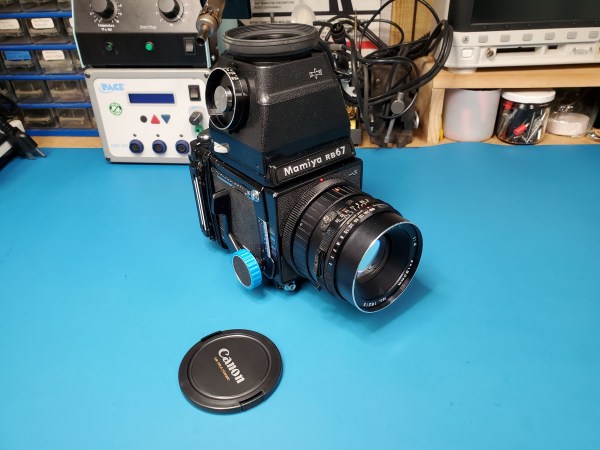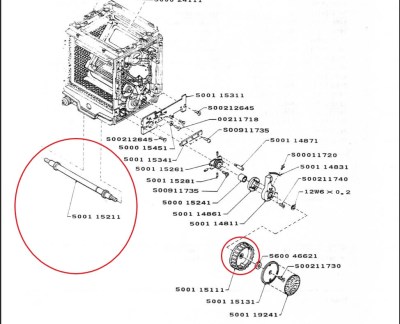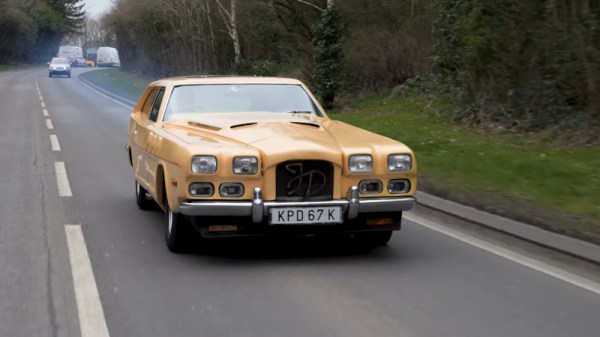Patents are the murky waters where technical jargon and legalese meet, and in this vast grey area of interpretation, DJI now owes Textron $279M.
At issue in the case were two patents issued to Textron (#8,014,909 and #9,162,752) regarding aircraft control systems for relative positioning to other vehicles and automatic hovering. The jury found that Textron’s intellectual property (IP) had been infringed and that damages amounted to $279M. DJI asserts that Textron’s patents are not valid and will appeal the decision. Appeals in patent trials are handled by the Federal Circuit and can be kicked up to the US Supreme Court, so don’t expect a final decision in the case anytime soon.
We’re not lawyers, so we won’t comment on the merits of the case, but, while it was a jury trial, it was one of many cases decided in the court of Judge Alan Albright, who has been the focus of scrutiny despite efforts to assign fewer cases to his docket amid wider efforts to stymie venue shopping in patent cases. Despite these efforts, the Western District of Texas is such a popular venue for patent cases that Berkeley offers a CEU on going to trial in Waco.
If you’re curious about more IP shenanigans, checkout the Honda mass takedown, the legality of making something similar, or why E3D patents some of their work.

